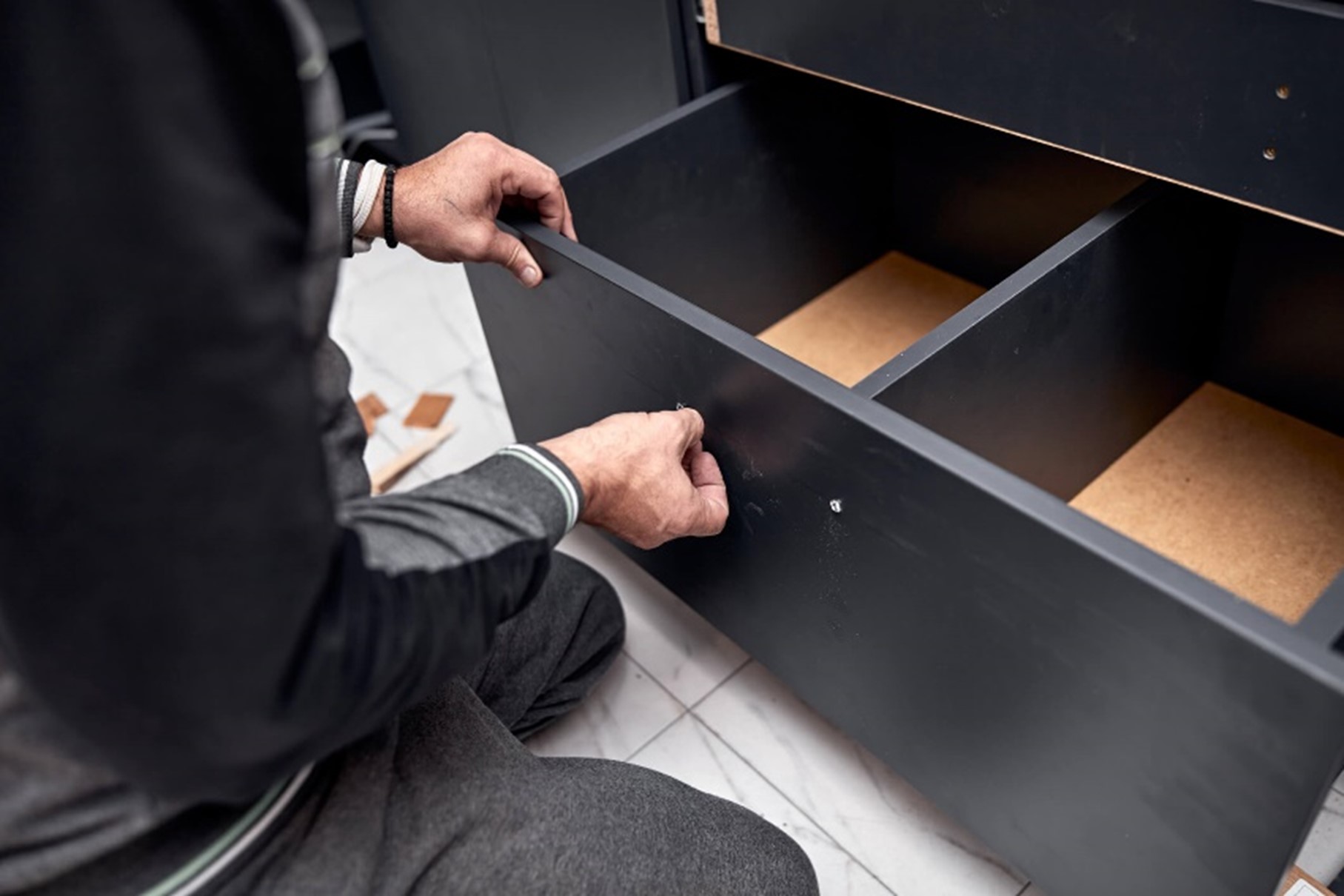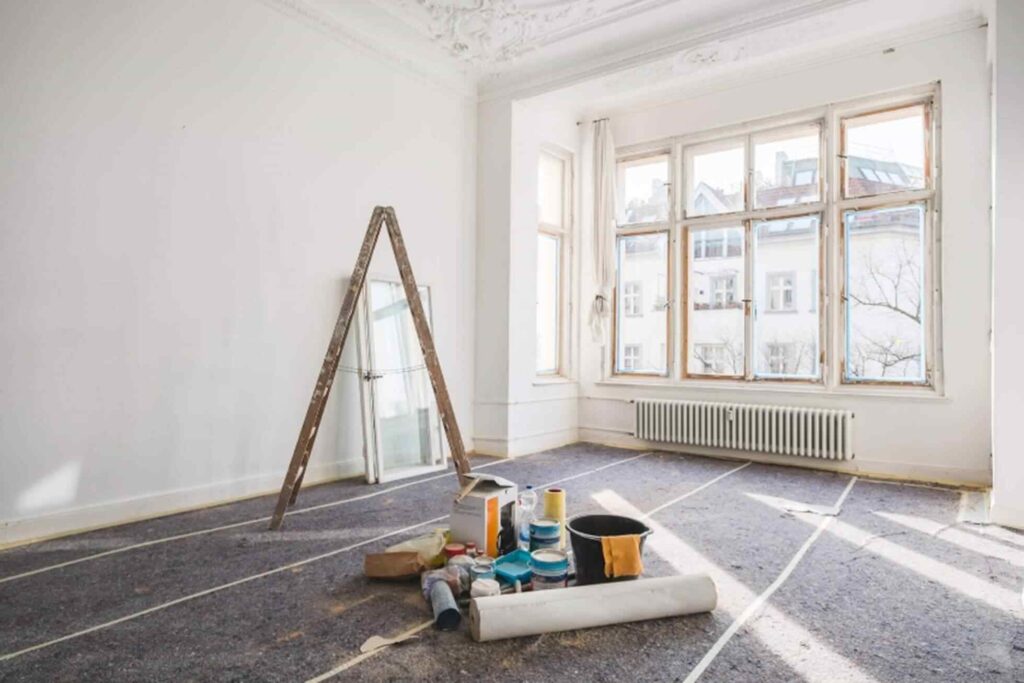Renovating a historic home is a delicate process of preserving vintage charm while introducing modern comforts. Some of the biggest challenges are found in the kitchen and bathroom, where cabinets, countertops, lighting, and plumbing may all desperately need an upgrade. When done right, historical home renovations can enhance your living space with everyday conveniences while maintaining the timeless features that make your older house so unique.
Balancing Historic Preservation with Modern Upgrades
The kitchen and bathroom in vintage homes reflect the craftsmanship and design sensibilities of a bygone era. The original fixtures, intricate tile work, and unique cabinetry are just a few elements that make these spaces so charming. However, you may face challenges like outdated layouts, inadequate storage, and inefficient plumbing or electrical systems. How do you balance the preservation aspect of historical home renovations while incorporating modern amenities?
Start by Restoring Original Features
The first step in any vintage kitchen or bathroom renovation is to assess which original features can and should be preserved. Restoring rather than replacing elements like cabinetry, flooring, and tile work helps retain historical integrity. For instance, the original hardwood floors can be sanded and refinished to bring back their natural beauty. Similarly, vintage tile patterns can be repaired or replicated to preserve character.
Cabinetry is another area where restoration can be highly effective. In older homes, high-quality cabinets were often custom-built to fit the space. Refinishing or repainting these cabinets breathes new life into them while maintaining their original charm. If you need additional storage space, consider supplementing with custom-built cabinetry that matches the style and woodwork of the existing installation.
Then, Upgrade with Modern Comforts
Your focus on historical preservation can only get you so far. The next step is to integrate modern comforts to make your kitchen and bathroom functional for today’s lifestyle. One example is the need to replace old appliances. Modern versions offer superior energy efficiency and functionality, but that doesn’t mean they have to clash with the vintage aesthetic. Retro designs provide modern performance with a historical style. Another approach is to consider panel-ready appliances that can be hidden behind custom cabinet fronts to maintain the kitchen’s traditional appearance.
Lighting is another area where modern upgrades can improve functionality without compromising style. Modern options like under-cabinet lighting, pendant lights, and sconces can be found in vintage designs to provide the brightness and efficiency needed for daily tasks while complementing the historic look.
Countertops, sinks, and faucets are other elements that may need to be replaced with modern materials. In the kitchen, marble, quartz, and butcher block offer a timeless appeal that won’t detract from the vintage vibe. In the bathroom, installing a pedestal sink or a clawfoot tub maintains the room’s historical charm while allowing you to incorporate modern pipes and drains.
Finally, Enhance Functionality and Comfort
Beyond fixture and finish upgrades, consider modernizing your kitchen and bathroom’s layout and infrastructure. These spaces in older homes often lack the open, flowing floor plans favored today. Reconfiguring the kitchen to create more workspace or improve the traffic flow makes it more practical for modern use. Similarly, rethinking the bathroom layout to include more storage or a larger shower adds comfort and convenience.
Plumbing and electrical updates are also crucial considerations. Older homes often have unsafe wiring and degrading pipes that don’t meet current building standards. Bringing these systems up to code improves safety and allows you to install modern amenities, such as heated bathroom floors or a garbage disposal.
Windows and insulation are other aspects of improving your historic home’s energy efficiency. Many older houses have inefficient single-pane windows set in gorgeous wood frames. Replacing these with double-pane windows designed to mimic the originals enhances efficiency in a visually subtle way. Improving wall and attic insulation further reduces energy costs and makes your historic home more comfortable. Loose-fill insulation can be applied to existing spaces, making it a feasible vintage home update.
The final area to consider is smart home technology. Features like a programmable thermostat, color-changing lights, and smart locks can be seamlessly integrated into an older home without detracting from its timeless appeal.
Historical Home Renovations in Northern Arizona
If you live in a historic home, renovating the kitchen or bathroom requires a thoughtful approach. At Re-Bath & Kitchens, we specialize in creating spaces that maintain your home’s charm while incorporating the modern comforts you need. Serving Maricopa County since 2010, our renovation process takes you from design to installation, ensuring a stress-free project handled with expertise and care. Our team has over 40 years of industry experience, so you can trust us to take your historic kitchen or bathroom to the next level. Contact us today for a free vintage home remodeling consultation in Peoria, Scottsdale, or Prescott Valley, AZ.



